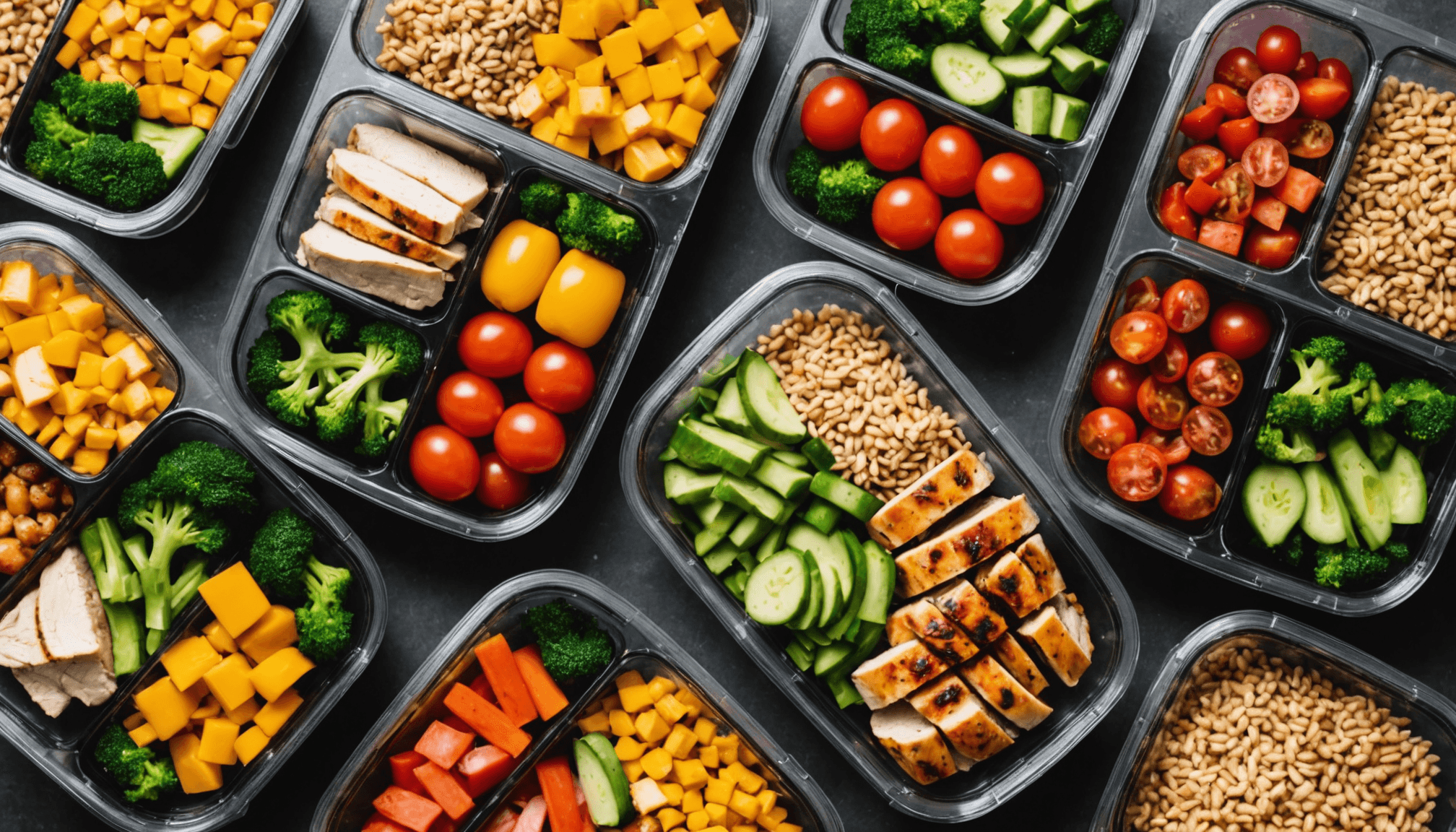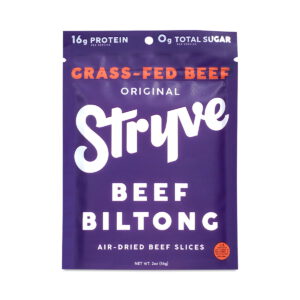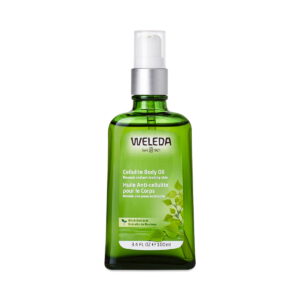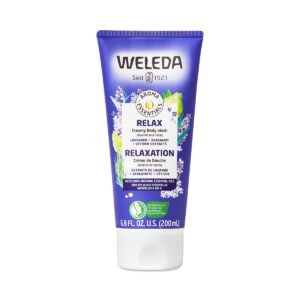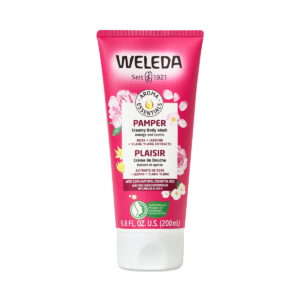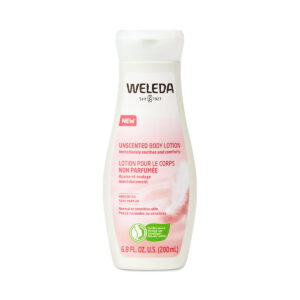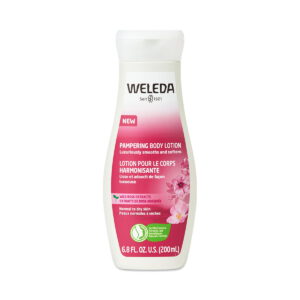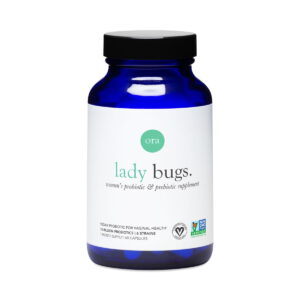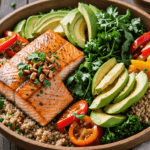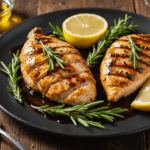- Portable Meal Ideas
- Nutritional Balance
- Easy Meal Prep Tips
- Best Containers for On-the-Go
- Quick Snack Options
- Storing and Reheating Tips
When it comes to tackling your grocery shopping for portable meals, having a strategy not only makes the process smoother but also ensures you make better choices for healthy eating. Whether you prefer shopping in-store or online, consider these tips to fill your cart with nutritious foods.
Plan Your Meals: Before heading to the store or your online grocery app, take some time to draft a plan for your portable meals for the week. This will help you stick to your list and avoid impulse buys. Include a balance of healthy proteins, whole grains, and plenty of fruits and vegetables.
Choose Local and Seasonal: Shopping for local produce is not only budget-friendly but ensures that you’re getting the freshest ingredients. Visit farmers’ markets or local farms if possible. Seasonal vegetables tend to be cheaper and more flavorful, making them perfect for your portable meals.
Budget-Friendly Options: Keep your meals affordable by buying in bulk, especially items like quinoa, brown rice, and dried beans. These staples create a solid base for many meal prep ideas and can be stored easily. Don’t forget to check sales and use coupons to save even more.
Focus on Vegan Foods: For those who prefer a plant-based diet, explore the aisles for a variety of legumes, tofu, tempeh, and nuts, which are fantastic sources of protein. Include frozen fruits and vegetables in your grocery list—they’re often cheaper and have a longer shelf-life compared to fresh produce.
Organic and Whole Foods: If your budget allows, opt for organic where it matters most, especially for the “Dirty Dozen,” which includes produce likely to have higher pesticide residues. This helps in promoting not just your health but also sustainable farming practices.
Ingredient Safety: When selecting packaged foods, pay attention to the ingredient list. Look out for any additives or preservatives you might want to avoid. Always inspect expiration dates, especially for frozen and refrigerated items.
Online Shopping Safety: If you choose to shop online, stick to reputable grocery stores or meal service providers. Read reviews before making purchases and ensure they follow safety protocols for food handling. Double-check that the items you receive match your order to avoid any surprises.
By applying these grocery shopping tips, you can maximize the nutritional value of your portable meals, make healthy eating a convenient part of your busy work schedule, and enjoy a variety of flavorful dishes on the go.
Nutritional Balance
Maintaining a well-rounded nutritional profile in portable meals is crucial, especially for those who lead busy lifestyles. When selecting and preparing meals intended for work or on-the-go consumption, it’s important to consider the key macronutrients: proteins, carbohydrates, and fats, as well as essential vitamins and minerals. A balanced distribution not only fuels the body but also enhances cognitive function, mood, and overall productivity throughout the day.
One way to ensure nutritional balance is by incorporating the right proportions of food groups. The following table highlights ideal percentages of each macronutrient for a balanced portable meal:
| Macronutrient | Recommended Percentage (%) | Examples of Healthy Sources |
|---|---|---|
| Proteins | 20-30% | Grilled chicken, tofu, legumes, nuts |
| Carbohydrates | 40-60% | Quinoa, brown rice, whole grain bread, fruits |
| Fats | 20-30% | Avocado, olive oil, nut butters |
To create meals that align with this ratio, consider using a base of whole grains such as brown rice or quinoa, which provide complex carbohydrates needed for sustained energy. Pairing these with high-quality proteins, such as grilled chicken or chickpeas, helps in muscle repair and satiety. Including healthy fats, such as sliced avocado or a dollop of hummus, not only enhances flavor but also aids in the absorption of fat-soluble vitamins.
In addition to macronutrients, micronutrients play a vital role in achieving nutritional balance. Incorporating a variety of colorful vegetables into your portable meals is an excellent way to ensure you’re getting a broad spectrum of vitamins, minerals, and antioxidants. For instance, a vibrant salad could include spinach, cherry tomatoes, bell peppers, and shredded carrots, topped with a protein source and a homemade vinaigrette for an appealing and nutritious work lunch.
Hydration is another element to consider when discussing portable meals. Staying well-hydrated supports overall health and can influence productivity levels at work. Pairing meals with a simple water bottle or including hydration-rich foods like cucumbers and watermelon in salads can keep energy levels up throughout the day.
In summary, being mindful of the nutritional components in portable meals is essential for those navigating a hectic work schedule. By thoughtfully combining proteins, carbohydrates, and fats, along with a variety of colorful fruits and vegetables, you can create meals that are not only easy to transport but that also support healthy eating and sustained energy during your busy workdays.
Easy Meal Prep Tips

When it comes to meal prep, simplicity and organization are your best friends. The goal is to streamline the process, ensuring you can prepare portable meals that are balanced, nutritious, and ready for those hectic workdays. Here are some practical tips to get your meal prep game on point.
Invest in Quality Containers: Whether you prefer glass or BPA-free plastic, having the right containers is crucial. Choose ones with dividers to keep different food groups separate, which also helps with portion control. Opt for stackable designs to save space in your fridge and when packing your meals for work.
- Make a Batch: Cooking in bulk can save you time and energy during the week. Prepare larger portions of grains, proteins, and roasted vegetables at once. Divide them into individual servings, ensuring you have a variety of meals ready to go with minimal fuss.
- Label Everything: Use reusable labels or masking tape to mark containers with the contents and the date. This not only helps with organization but also ensures that you consume your meals while they are still fresh. Plus, it saves you from rummaging through the fridge wondering what’s for lunch.
- Incorporate Versatile Ingredients: Shop for ingredients that can be used in multiple meals. For instance, grilled chicken can be used in salads, wraps, or bowls. Quinoa can serve as a base for both savory and sweet dishes. This versatility makes it easier to mix and match and keeps your meals interesting.
- Plan for Leftovers: Cook once, eat twice! When preparing dinner, make extra portions and save them for lunch the next day. This is a great way to minimize food waste and make use of your hard work in the kitchen.
- Prep Snack Packs: Don’t forget about snacks! Pre-portion nuts, cut-up veggies, or fruit into small containers or bags for easy grab-and-go options. This will keep you from reaching for less healthy choices at work.
Use Time-Saving Appliances: Consider investing in appliances that make meal prep easier. A slow cooker or instant pot can be a game changer, allowing you to prepare meals while you focus on other tasks. Think of hearty soups or stews that can be ready by the time you finish your workday.
Explore Freezer-Friendly Options: Not all meals have to be eaten fresh. Many dishes can be frozen and thawed as needed. Soups, casseroles, and grain-based salads work well. Just ensure that you cool them fully before freezing and use airtight containers to avoid freezer burn.
Have Fun with Flavor: Keep your meals exciting by experimenting with different herbs, spices, and dressings. Homemade sauces or marinades can elevate a basic meal and make it feel gourmet. This adds variety to your portable meals and keeps your taste buds satisfied.
Lastly, never underestimate the power of teamwork. If you share a household, consider organizing a meal prep day together. This not only makes the process more enjoyable but also allows you to share different ideas and recipes, increasing the variety and excitement of your healthy eating regimen for the week ahead.
Best Containers for On-the-Go
When searching for the right containers for portable meals, it’s essential to consider durability, practicality, and functionality to ensure your meals maintain their freshness and integrity throughout the day. The ideal containers not only prevent spills but also cater to the diverse range of food combinations you may want to bring to work.
Glass containers are a popular choice among health-conscious individuals. They are non-toxic, withstand high temperatures, and are microwave and dishwasher safe, making them a convenient option for reheating. Plus, they don’t absorb odors or stains like plastic might. Look for glass containers with sturdy, airtight lids to keep your food secure and to enhance freshness.
BPA-free plastic containers are another excellent alternative, especially if weight is a concern. These lightweight options are often compartmentalized, allowing you to pack different components of your meal separately. It helps to prevent sogginess in salads or grain dishes. Choose ones with secure locking mechanisms to avoid leaks during transportation.
Another option to consider is stainless steel containers, particularly for those who prefer eco-friendly choices. They are incredibly durable and often come in insulated varieties that can help keep your food hot or cold. Stainless steel is also non-reactive, meaning it won’t alter the taste of your meals. However, they may not have compartments, so you might want to use silicone or parchment liners for separation.
For smoothies, soups, or sauces, look for reusable silicone bags or pouches. These flexible containers are great for storing liquids and are usually freezer-safe. They take up less space compared to traditional containers, which is advantageous for those trying to maximize storage in lunch bags or fridges.
For easy transport, consider investing in a lunch box that features both insulated and collapsible properties. This allows you to conveniently carry your meals while maintaining the required temperature, plus it saves space when not in use. Some models even include built-in utensils or compartments for snacks, consolidating your dining experience into one compact solution.
Another wise choice is the inclusion of portion control containers. These are ideal for those looking to maintain healthy eating habits while on-the-go. Their designated sizes encourage balanced meals and prevent overeating, making it seamless to stick to nutritional goals even during the busiest days at work.
Lastly, don’t forget about cooler bags or lunch totes. A good insulated bag can keep your meals at the appropriate temperatures, providing extra protection for perishables like yogurt, salads, or seafood. Some bags come with additional pockets for storage of utensils, napkins, or water bottles, helping you keep everything organized.
“Planning and packaging your meals effectively not only saves time but also enhances your commitment to healthy eating.” – Unknown
By choosing the right containers for your portable meals, you can increase the likelihood of enjoying your nutritious food while staying focused and productive at work. Investing in quality containers pays off in convenience and helps maintain your health goals amidst a busy lifestyle.
Quick Snack Options
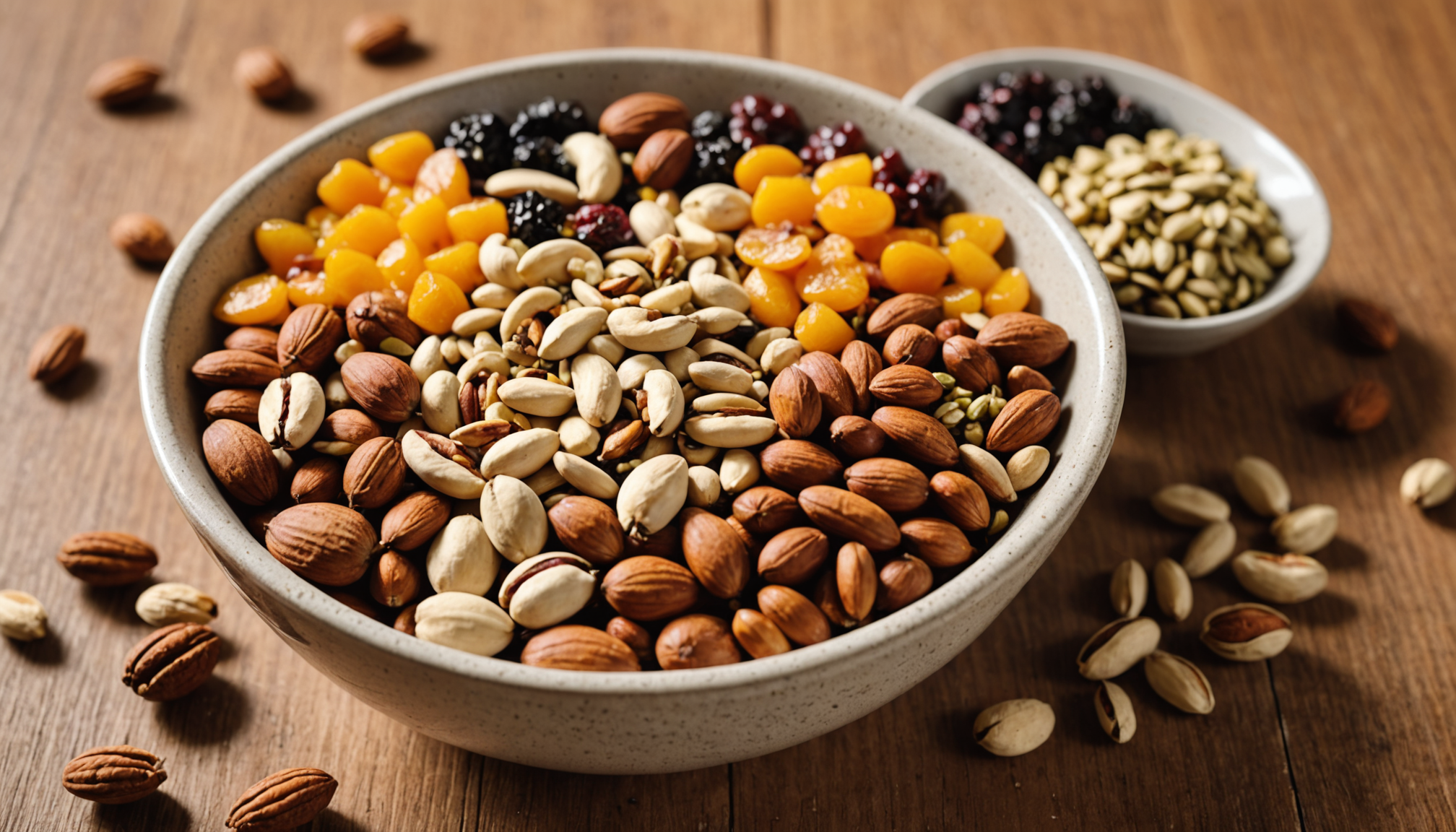 When time is of the essence and hunger strikes, having quick snack options on hand can make all the difference in maintaining your energy and focus during a busy workday. These snacks should not only be easy to prepare but also nutritious enough to keep your body fueled and your mind sharp. Consider incorporating portable and healthy snacks that you can grab at a moment’s notice, ensuring you’re always equipped with something wholesome to munch on.
When time is of the essence and hunger strikes, having quick snack options on hand can make all the difference in maintaining your energy and focus during a busy workday. These snacks should not only be easy to prepare but also nutritious enough to keep your body fueled and your mind sharp. Consider incorporating portable and healthy snacks that you can grab at a moment’s notice, ensuring you’re always equipped with something wholesome to munch on.
Nuts and seeds are an excellent choice for a quick snack, offering a satisfying crunch while packing a powerful punch of healthy fats, protein, and fiber. Almonds, walnuts, pumpkin seeds, and sunflower seeds can be portioned into small containers or bags for an easy go-to snack. They are also versatile—mix them with dried fruits, such as raisins or cranberries, for a portable trail mix, providing a delicious balance of energy-boosting carbohydrates and wholesome fats.
Greek yogurt is another option that deserves a place in your work snack arsenal. It’s rich in protein and can be paired with various toppings. Consider adding fresh fruits, granola, or a drizzle of honey for added flavor and nutrients. To make it more travel-friendly, use small, spill-proof containers that you can easily pop into your lunch bag.
Whole fruit, such as apples, bananas, or oranges, is perfect for those short on time. These fruits require minimal preparation and are naturally portable, making them an ideal choice to stave off hunger. Pairing a piece of fruit with a small portion of nut butter can enhance the nutritional value, adding healthy fats and protein that keeps you fuller for longer.
Another quick snack idea is a vegetable and hummus platter. Keep pre-cut veggies like carrots, cucumber, and bell peppers in containers, paired with a few spoonfuls of hummus. This crunchy and vibrant option not only provides essential vitamins and minerals but also adds dietary fiber to your day.
Rice cakes or whole-grain crackers topped with avocado or nut butter are yet another effortless snack solution. These can easily be packed and topped just before you eat, allowing for a satisfying combination of healthy carbohydrates and fats.
For those who prefer something a little sweeter, consider making your own energy bites. Combine oats, nut butter, honey, and add-ins like chocolate chips or coconut flakes, rolling them into small balls that are perfect for quick snacking. Store these in a resealable bag or container, and you’ll always have a treat that’s both delicious and nutritious.
Never underestimate the impact of being prepared. By having a range of healthy, portable snacks readily available, you can combat the midday slump, stave off unhealthy cravings, and remain committed to your healthy eating goals in even the most hectic of workdays. This foresight not only supports your physical well-being but also nurtures your overall productivity and focus.
- What are some healthy snack options that I can prepare quickly?
- Nuts, seeds, Greek yogurt with fruit, whole fruits, pre-cut veggies with hummus, and rice cakes with avocado are all quick and nutritious snack options that can be easily packed for work.
- How can I make my snacks healthier?
- Incorporate whole, unprocessed foods like fresh fruits, vegetables, nuts, and seeds. Avoid snacks high in added sugars and refined carbs, and opt for combinations that include protein, healthy fats, and fiber.
- Is it better to snack throughout the day or to have just three meals?
- This largely depends on personal preference and lifestyle. Some people find that healthy snacks help maintain their energy levels, while others prefer three substantial meals. It’s important to listen to your body’s hunger cues.
- Can snacks be part of a meal plan?
- Absolutely! Snacks can be an integral part of your meal plan, helping to bridge gaps between meals, maintain energy levels, and satisfy cravings. Planning snacks ensures they are wholesome and support your nutritional goals.
- How can I store snacks for work?
- Store snacks in airtight containers or resealable bags to maintain freshness. Using insulated bags or cooler packs can also keep perishables like yogurt or cut veggies safe to eat during the day.
- Are pre-packaged snacks a good option?
- While convenient, many pre-packaged snacks can be high in sugars, preservatives, and unhealthy fats. It’s often healthier and more economical to prepare your own snacks at home.
- How can I make my snacks more exciting?
- Experiment with different flavor combinations, spices, and dips. Try adding different toppings to yogurt, making flavored nut butters, or creating fun mixes with nuts, seeds, and dried fruits for variety.
Storing and Reheating Tips
Storing your portable meals correctly is essential to maintaining their freshness and quality. Whether you prepare your meals at the beginning of the week or daily, employing the right storing techniques can make all the difference. Start by allowing your meals to cool completely before placing them in the refrigerator or freezer. This practice prevents moisture buildup, which can lead to spoilage or freezer burn, particularly for items like grains and proteins.
Ideal Temperature Settings: Keep your refrigerator at a temperature below 40°F (4°C), and ensure your freezer is set to 0°F (-18°C) to maximize the safety and longevity of your meals. Use a quality thermometer if your fridge doesn’t display the temperature accurately. It’s a small investment that can prevent costly food waste.
Meal Organization: Store meals in clear, labeled containers for easy identification. Use resealable bags or clear containers to visually see what’s inside, minimizing the time spent looking for lunch in the back of the fridge. Don’t forget to jot down dates on each container to ensure you consume meals before they reach their expiration, following the “first in, first out” rule.
Portion Control: When packing your meals, consider dividing them into individual portions right from the get-go. This strategy not only facilitates proper storage but also encourages mindful eating and stops you from overindulging when mealtime arrives. Not all portions have to be huge; keep them balanced according to your nutritional needs. Investing in a portion-control container set can help simplify this process.
Freezing Meal Prep: For meals intended for later in the week, freezing is a smart choice. Many foods freeze well, including soups, shredded chicken, and grain salads. To freeze effectively, use air-tight containers or freezer bags, squeezing out as much air as possible to avoid freezer burn. If you freeze meals in bulk, label them with the type of meal and date prepared, ensuring you use them within 2-3 months for optimal taste and safety.
Thawing Methods: Once you’re ready to enjoy your frozen meals, plan ahead for thawing. The best method is to move your meal to the refrigerator the night before, allowing it to defrost slowly, which maintains safety and texture. If you need to thaw quickly, a microwave set to the defrost function will work; just ensure to consume immediately post-thawing, as this can leave parts of the meal at unsafe temperatures.
Reheating Safely: When it’s time to reheat your meals, do so to an internal temperature of 165°F (74°C) to kill harmful bacteria. Invest in a food thermometer to ensure you’re meeting this safety standard. When using a microwave, stir meals halfway through to promote even heating, and use a microwave-safe cover to maintain moisture and avoid splatter messes.
Using Containers Wisely: Depending on the ingredients, some meals are better suited for certain types of containers. Avoid metallic containers in microwaves; instead, opt for glass or microwave-safe plastics. BPA-free materials are recommended, particularly for those frequenting microwaves often. If you’re unsure about a container’s safety, refer to manufacturer’s guidelines to ensure user safety.
By adapting these storage and reheating practices, you’ll enhance the quality of your portable meals, ensuring that they remain safe to consume while also tasting great, ultimately supporting your healthy eating goals amidst your busy work life.
New Customers Offer!
Free Gift for the new customer
$24 Value, When You Subscrib Visit Thrive Market
